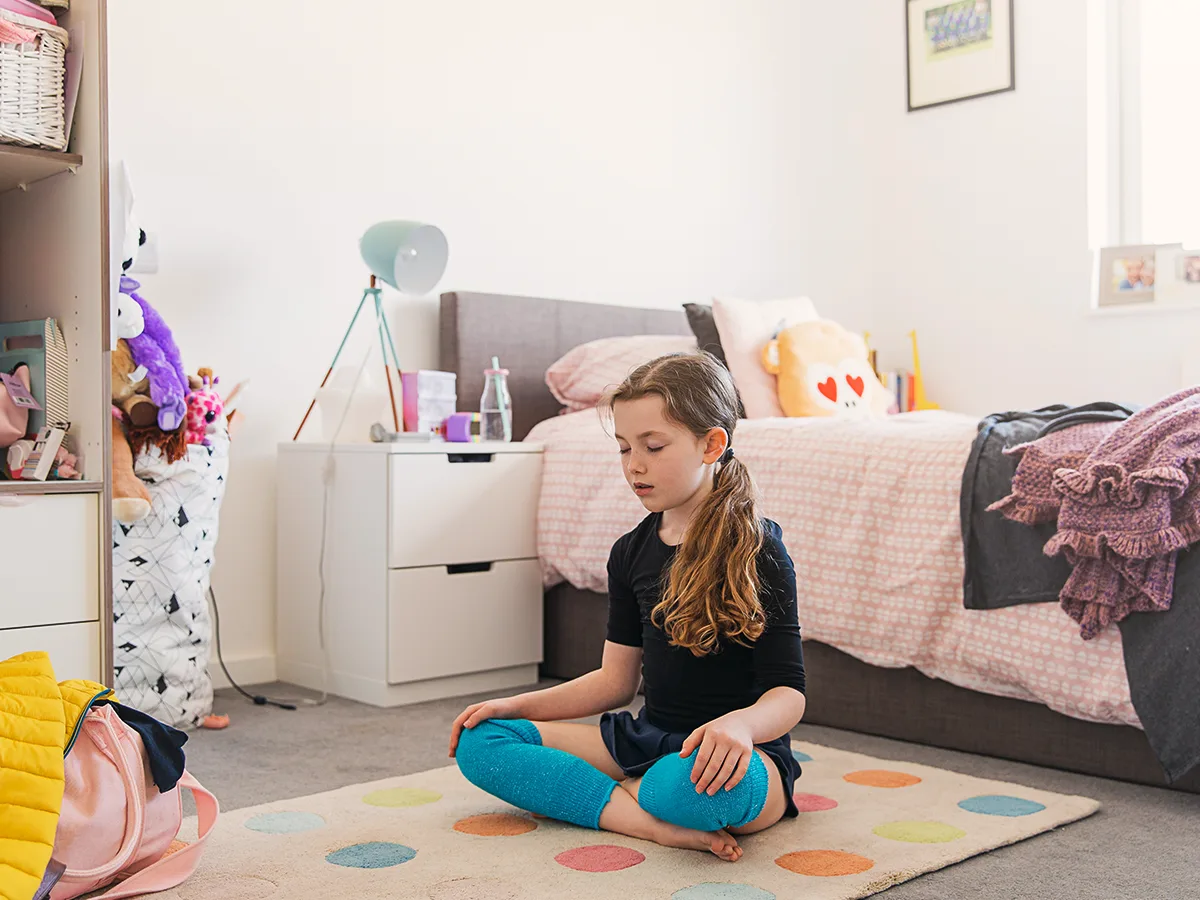Practicing self-care: 5 tips for teachers
As an educator, you’re constantly navigating changes and challenges. From dealing with sudden schedule shifts to managing student behavior, you have a lot to juggle each day. On top of it all, you’re trying to keep up with the needs of your students and your own life.
It’s understandable if you feel overwhelmed. You may be looking for ideas on how to practice self-care — or how to find time to practice self-care. To help with this, we asked our Understood Teacher Fellows to share ways they take care of themselves.
Here are five ideas for practicing self-care as a teacher.
1. Set and maintain boundaries.
From planning lessons to calling families, teachers often take their work home with them. But it’s important to schedule your day to include an actual end time, as well as time for breaks and self-care practices.
Students often use graphic organizers and visual schedules to organize information. Those same tools can help you process your thoughts and prioritize tasks — whether in the classroom or at home.
For example, when-then sentences can help you set and maintain boundaries. You might write, “When I finish writing the class newsletter, then I take a short walk.” Post your when-then sentences near your work station as a visual reminder of your self-care commitments.
Shira Moskovitz, a fifth-grade special education inclusion teacher in Sunnyside, New York, has a suggestion for setting boundaries: “Schedule time for meals, and actually turn off the computer during that time.”
2. Acknowledge moments of gratitude or joy.
Look for moments of joy and connection and hold on to them. Try writing down humorous moments, something that made you smile, or something you’re thankful for.
You can write these moments in a journal or jot them down on a note on your desk. You can also share these moments with your students and ask them to share their own.
3. Reflect on your feelings and needs.
It’s important to recognize and name your emotions. When you’re aware of a new feeling, take a moment to reflect:
Name the feeling and why you may be feeling that way.
Think about what you might need at that moment and in the future.
For example, you might say, “I’m feeling overwhelmed because there’s a lot of information about new technology my school is using. I need a five-minute break. Then, I need to write down my questions and identify a person on my team to problem-solve with.”
You also may want to schedule a time in your day to reflect on your emotions and needs. Journaling, art, music, and other creative outlets can help you process how you’re feeling.
“Take time for yourself each day to do something that is not technology-related,” says Stephanie Doyle, a third-grade language arts teacher in Roanoke, Virginia. “Take a walk, sit outside, read your favorite book, go on a hike, exercise, or just hang out with your family doing something enjoyable.”
4. Recognize what is and isn’t in your control.
With a rapidly changing world, it can seem like there are more questions than answers. This can cause worry and anxiety. One way to gain perspective is to recognize what is within your control and what isn’t.
For example, you might worry about how being exposed to stressful or bad news affects your students’ learning. Consider making a simple T-Chart to write down what is and isn’t in your control: One thing in your control is the ability to provide your students with a sense of security through classroom routines. One thing outside of your control is how much news kids are exposed to outside of school.
5. Use self-care routines throughout your day.
Starting and ending your day with self-care practices can be very helpful. Consider starting your day with a guided meditation and ending your day with gentle stretches.
And throughout the day, aim for small moments of self-care: Stop to reflect on your feelings when you’re upset. Pay attention to self-talk. Can you talk to yourself the way you would talk to a friend? Remind yourself what is in your control when you’re anxious.
Looking for more self-care strategies to get started?
Try this deep-breathing exercise for teachers as a midday break.
Explore this self-care infographic for more ideas.





